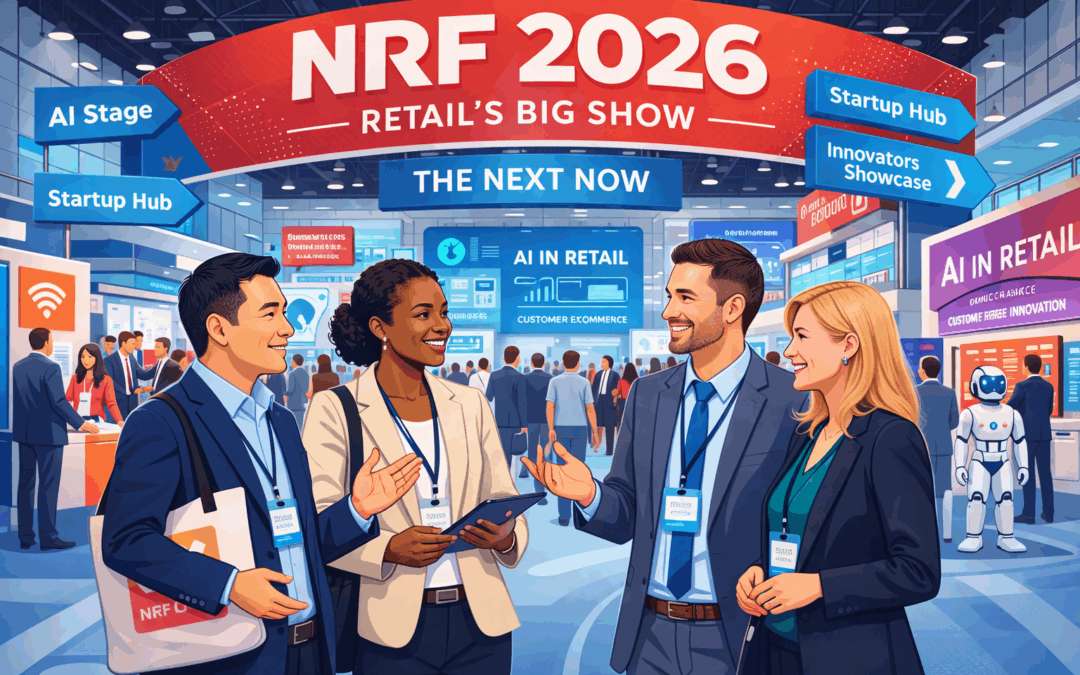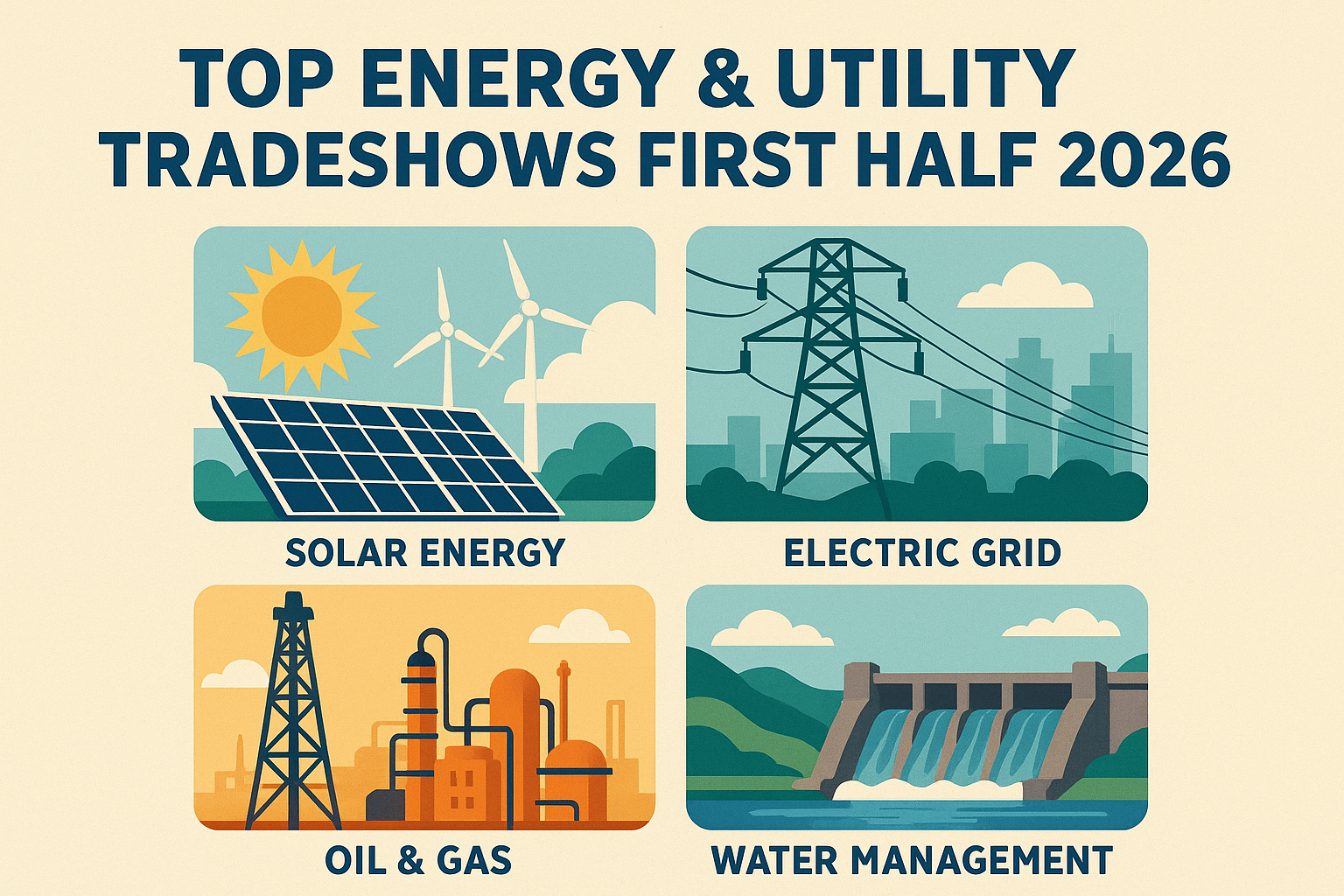Conferences, trade shows, and meetups have been an indispensable part of the go-to-market repertoire for many SaaS companies over the years. And that’s for a good reason—these events offer a unique platform to showcase innovative products and services, share insights, and build personal relationships.
While these events can be incredibly valuable, the expenses of attending them, including travel and stay, can often be substantial.
With exhibition package costs, travel expenses, accommodations, and other incidental costs, the average expenditure for participating in SaaS conferences comes to at least $50K per quarter. And if you participate in popular conferences such as SaaStr or Dreamforce, you’re likely to spend at least $100K just for one event.
If you’re a rep who thinks your organization has a booth at an expo for “having a presence or exposure“, you probably have it all wrong. There’s a sense of purpose for every dollar spent.
From an attendee standpoint, these events are an opportunity to stay at the forefront of the rapidly evolving industry and network with peers. But as companies eagerly register for booths at these conferences, there are a few key questions to be answered like:
- How do I make the most of my investments in the event?
- What will be my ROI?
- Can I build a pipeline from these events that will translate into revenue?
- Demos and business cards apart, how will we achieve the amount of prep that will get us to stand out from competitors?
So, in this blog post, we will look at how you can make the most of your events and build a pipeline that converts to revenue.
Sales Development Reps (SDRs) are the front-line soldiers of any SaaS sales team. They are responsible for qualifying leads, setting appointments, and nurturing relationships with potential customers. But as any SDR knows, the job is not easy.
Preparing for your offline event
It’s conference time, and you’re ready to go. Because you have a booth, you probably have access to the conference attendee list. So, it’s time to go out there and meet the right people and pack your pipeline with hot new leads, right?
Not really. The first question is to ask yourself—what do you bring to the event? It is usually a bunch of branded merchandise and a rehearsed-to-death pitch!
Sure, everyone likes a hoodie or a nice notebook, but they won’t turn prospects into genuine leads. Then, how to generate leads and thereby pipeline from events?
It helps if you plan in advance and have genuine insight into your prospects’ wants and needs.
With insights specific to each prospect account you’ll be meeting at the conference, your efforts on the ground will be much more fruitful.
Here’s how to do it ?
Engage them online before meeting them offline
Once you have the attendees list, connect with them on social media, and you’re likely to discover some common interests and online meetups.
Now, it’s time to do a little investigation. Please look at the complete list of attendees and the companies they represent, and start with some social listening.
Let’s say here’s how your attendee list looks:
The immediate next step is to start paying attention to what your potential customers (attendees) say on social media or other online platforms. Doing this lets you gather valuable insights into their major pain points and current business needs.
However, there are a couple of things to remember:
?You’ll have to spend several hours on Google, LinkedIn, and more, doing account research to know your attendee list better and then arriving at accounts that are a good fit for your solutions
?Despite all the effort, you can never be sure if these accounts are in the buying journey.
This is where using B2Brain can make an impact right away.
First, you don’t have to spend hours researching your target accounts on Google and LinkedIn. Instead of getting lost in rabbit holes of data on the Internet, leverage the power of B2Brain’s AI to curate everything from a company’s budget for allocated purchases to product launches and hiring.
You just need to upload your attendee list (usually a spreadsheet), and the platform automates the time-consuming and complex process of identifying and prioritizing potential customers.
Result: Faster qualification and prioritization of attendee accounts with key signals that give you context! ?
It frees up time to start planning things to help you stand out at the event.
Get insights on each account to come up with a plan
The footfall at your booth is going to be in waves of engagement. For instance, your peak times will be just after a session or demo, a mid-morning saunter, or towards the end of the day.
And that means you are also going to have plenty of downtime. That’s when you need to zero in on people who matter, who will lead to those conversions and find use in your service or product – genuine buyers or even those who will reach an expansive audience to tell the world about them like an influencer.
So to make use of such downtimes, you need to be prepared. As you meet people from certain accounts on your list, you need to know if they have a major buying power and what their concerns and vision are (in advance) so that you craft the perfect message that cuts through the rest of the conference noise—and noisy it’ll be.
So, here’s how to make that happen. ?
Now that you have the list of accounts shortlisted to focus on from the more extensive event attendee list, the next step for you is to get insights into the prospect needs, pain points, buying processes, and more so that you know what facets of your solution to emphasize (or deemphasize).
Again, this is where B2Brain can be your superpower.
You don’t need to lose time in account research. B2Brain covers all your hard yards and delivers Account Insights and Talking Points for every account.
For example, one of the shortlisted accounts on your list is AdventHealth. Now, to arrive at the right pitch, you might want to know the following:
- What are they trying to achieve?
- Are the key people at AdventHealth attending this event?
- Do the ones attending the event influence the buying decision, and should I be engaging with them?
- What are their priorities?
- How does my product or service fit into their scenario, and more?
Instead of trying to get this information from various sources online, B2Brain gives you a complete overview with clear talking points.
In fact, with B2Brain, you can get all the critical insights about your shortlisted attendee accounts right within your CRM, with verifiable sources.
Use the Talking Points to speak directly to their needs
Now that you have the Talking Points for each account, you’re all set for the next two steps:
- Reaching out to these prospects and building rapport with information relevant to what they’re trying to achieve
- Book meetings during the offline event downtimes, and then print out key talking points for each account so that you can expand on them in person.
Book appointments in advance
Reach out ahead of time to schedule a meeting during the conference. Engagement, much like foreplay, takes a while to build. Think of it as one tiny step at a time.
It doesn’t have to be lengthy—the shorter, the better—but doing so can ensure you get the critical facetime you need while respecting your buyers’ time. During this time, instead of bombarding them with an out-of-the-blue pitch, the idea is to establish relevance and build relationships so that you can have a detailed conversation when you meet in person during the offline event.
Print out Talking Points for each account
The key contacts from your potential accounts have already been inundated with a barrage of cookie-cutter scripts that tell more about the product than how it can help their specific cause.
Today’s buyers—especially millennials—prefer to research first, then approach sellers later when ready to buy.
Therefore, your time with the attendees at your booth needs to address two key factors:
- Why are you the right fit for them?
- How are you different from others who are pitching their solutions?
- Why should they take your approach over other solutions and their status quo?
Carrying a sheet of Talking Points for each account shows them that you understand their context and have specific ways to help them
They need not be 100% perfect, but it’s a great starting point. It’s better than a “me-me” pitch.
It helps you position yourself as a solution provider when dealing in person. Build on your talking points. Ask them questions to learn about their major business concerns and understand their priorities better. Before your conversation ends, make sure you give them a taste of what the outcome post-implementation of your solution looks like.
Lastly, schedule the next online meeting at the end of your conversation. If you don’t have the next meeting scheduled, your deal isn’t progressing. It comes down to having clarity on the following:
- Their established problem or priority
- Their budget and timeline to solve it
- What are the other solutions you’re up against?
- Next scheduled meeting with additional stakeholders
Don’t drop the ball after the event
The usual follow-up best practices apply once you’re back at the office. Thank everyone you met or talked with for their time, and make yourself available for any questions they may have.
Send it along if you encounter an exciting article tied to something you discussed.
Prospecting at a conference isn’t much different than prospecting anywhere else. But if you come in unprepared, you could waste your and your prospects’ time and leave potential revenue on the table.
We hope you make the best of your next offline event and make sure that you build a quality pipeline at the end of it.




